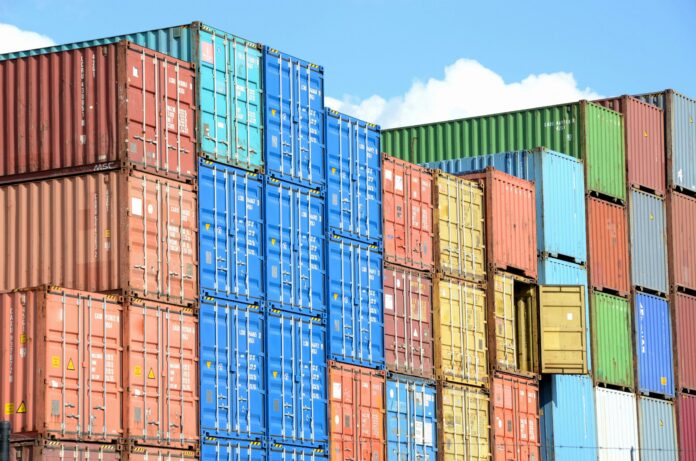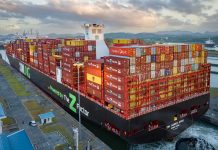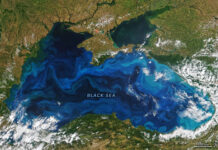
US reciprocal tariffs on a long list of trading partners – including EU countries, Japan and S. Korea – went into effect last week. The administration has also extended its status quo 30% baseline tariff for all imports from China for another 90 days ending November 10th, together adding some stability in terms of tariff expectations at least into Q4 for most long haul ocean importers to the US.
Escalating US-India tensions over President Trump’s opposition to India’s purchases of Russian oil meanwhile, led the president to introduce 25% tariffs on India’s exports and sign an executive order that will raise duties to 50% if an agreement isn’t reached before August 27th.
In terms of ocean freight, this escalation is already leading to a drop in export orders and container demand out of India as many shippers opt to wait until the tariff dust settles.
The US tariff clarity for European exports – especially the reduction of auto parts tariffs from 25% to 15% – may be driving some increase in transatlantic container demand as spot rates climbed 15% last week to $2,220/FEU after holding steady at the $1,900/FEU level since early May.
Transpacific ocean rates fell 10% to both coasts last week to $2,119/FEU to the West Coast and $3,572/FEU to the East Coast. Daily rates to both coasts have stayed level since the US tariff extension for Chinese imports.
The 30% China tariff extension may spur some peak season volume and container rate increases in the coming weeks that would not have materialized if the US had instead raised tariffs on China on August 12th. Overall though, tariff-driven frontloading by shippers in the lead up to the April and July/August tariff deadlines is likely to mean muted ocean volumes through the end of the year, with the next significant demand bump only coming ahead of next year’s Lunar New Year.
The latest National Retail Federation US ocean volume report shows that container imports climbed to 2.2 million TEU in April, and estimates that volumes peaked at 2.3 million TEU in July, and will stay elevated at 2.2 million in August before falling sharply through the end of the year.
While US container imports typically increase in the second half of the year, these projections have H2 volumes down 8% compared to the first half of the year, and 14% lower than the second half of last year, with anticipation that totals for September through December will be 20% lower than in 2024.
For the year, 2025 totals are projected to be 6% lower than last year. These projections were released before the US-China tariff extension, but even so, frontloading to date as reflected in these data is still likely to mean that the rest of the year will take this general path and mean minimal if any upward pressure on rates for the rest of the year as well.
Asia – N. Europe container rates dipped 3% to about $3,300/FEU last week to just below their level in early July despite reports of reasonable peak season volume strength and persistent port congestion. Asia – Mediterranean prices fell 4% to $3,144/FEU making eight consecutive weeks of declines. Rate behavior on these lanes – with prices 60% lower than a year ago even as Red Sea diversions continue – suggest overcapacity is already impacting container rate levels across lanes.
For air cargo, the US-China tariff extension could mean some air cargo frontloading in late October and early November if no agreement is in place by then as the November 10th expiration would kick in just as the typical air cargo peak season would normally begin. US tariff decisions on semiconductors and pharmaceuticals are expected soon, and depending on the details, could have implications for air cargo volume timing and levels for these sectors as well.
Tariff deadlines may have contributed to the moderate increase in global air cargo volumes in July, though capacity shifts away from lanes with easing demand and to trades with increasing volumes have kept rates stable overall but lower compared to last year.
Freightos Air Index China-US rates rebounded to $5.16/kg last week, but remain below the $5.30/kg level mostly held since mid-June, and were at about the $5.80/kg level a year ago. China – Europe prices were stable at about $3.70/kg last week compared to $3.80/kg last year. South East Asia – Europe rates climbed to $3.68/kg last week after dipping to about $2.60/kg in mid-July, and are about even year on year, with SEA – US prices of $4.83/kg 17% lower than last August.
Written by: Judah Levine, Head of Research, Freightos Group





